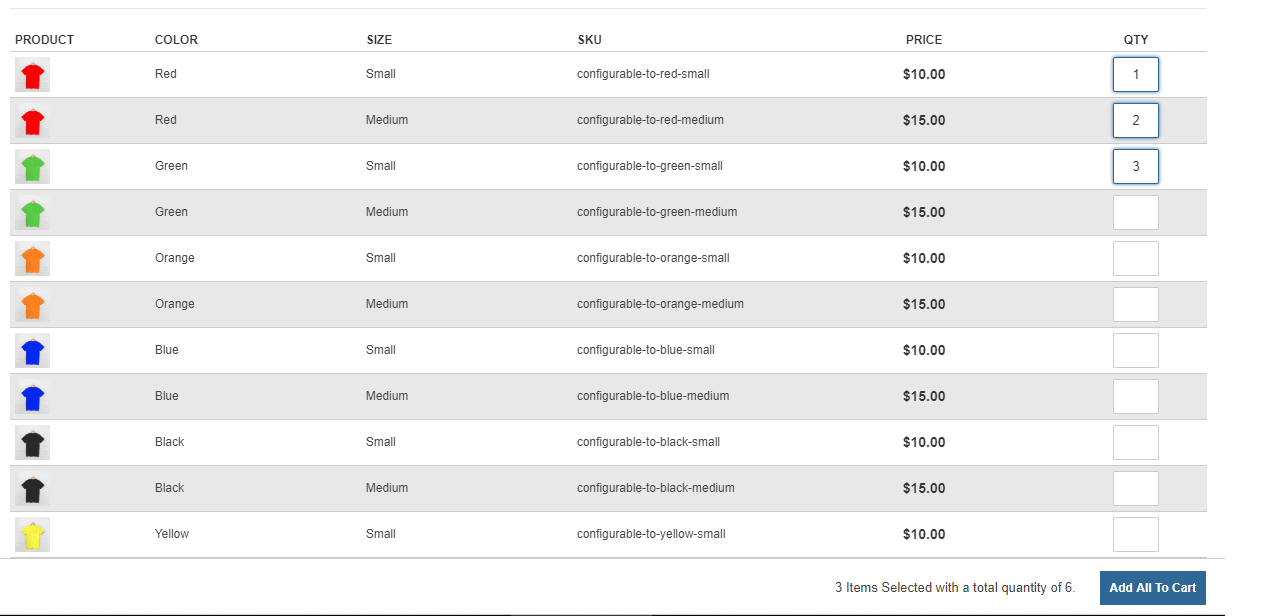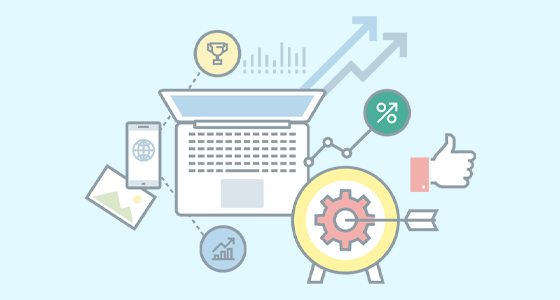Many B2B businesses have over the years relied on printed catalogs to get their offerings in front of their existing and potential buyers. But this costly and time consuming process is over time being outmoded by digital offerings.
So how do you make the transition? We’ve got seven steps you can take to ensure a digital catalog can be set up to help your buyers still have that discoverability aspect, while also saving a lot of time and expense for your business vs. printing and mailing catalogs. Once the site is set up, education as to its existence and how to leverage it are equally important.
So here are seven steps in migrating from print catalogs to an online portal that can provide the same information, along with ordering capabilities:
- Leverage a layout that focuses on surfacing information
- Make it easy to find items by SKU or other attributes
- Offer downloadable product specification sheets similar to what a catalog would offer
- Provide access to historical order information, including a list of items ordered
- Provide the ability to save critical items, or build lists
- Regularly use the site with your customers
- Mail a pamphlet to educate customers used to print with help on how to make the leap
Let’s go through each step and discuss how you can maximize the transition through each.
1. Leverage a layout that focuses on surfacing information

One of the inherent benefits to a catalog is the ability to quickly scan your offerings. This comes in two forms:
- Imagery, generally with an eye towards showcasing products effectively
- A scannable list of products and quick details about them
Fortunately digital presentations can allow for both of these ideas to work as well. You can leverage high-quality imagery in your presentation of products, categories and more, just like you could in a print catalog.
And if you leverage a table view for product and category presentation, you can still at a quick scan provide all the key product details to help current and potential buyers understand the differences so they can select the right items.
2. Make it easy to find items by SKU or other attributes
Making search more potent on your digital catalog and order portal will make it easier for your buyers to find the products they’re accustomed to buying. This can mean fuzzy search that can account for typos on product names and other steps to simplify product location.
But search can also account for SKU look-ups and even faceted search by attributes to drill down to the right products. The more you make search powerful for your buyers, the easier you make the job of locating items and placing orders, which will increase conversions.
3. Offer downloadable product specification sheets similar to what a catalog would offer
Catalogs can many times offer detailed product specification information, because it has the space and luxury of being able to present said information.
Fortunately, there’s no page limits on an online catalog, and you can make downloadable product attachments available on products that can have that exact detailed information in a sharable digital format.
4. Provide access to historical order information, including a list of items ordered
Part of the reason why your buyers may be comfortable with catalog buying is familiarity. They know where to look in the catalog for various items, so they don’t have to retain what they’ve bought and when.
With digital order portals, you can have that information readily available to your buyers, with an order history screen and reorder functionality to quickly purchase commonly ordered items again, without having to dig through the catalog to find it.
5. Provide the ability to save critical items, or build lists
Your buyers in some cases may have had post-its or lists of information saved somewhere to keep track of items they want, or perhaps marked up the catalog with pen and paper. You can’t do that with a digital catalog, so functionality that can approximate it is the next best thing.
Being able to save critical items to a list is a helpful digital equivalent, with the ability to review and order from that list down the line when it’s time to submit a new order. Or, they can use that list to save SKUs they order often, as an alternative to a reorder function.
6. Regularly use the site with your customers
Once you’ve got a digital order portal and catalog set up, it’s time to get your customers acclimated. One way to do so is to move customer communications and workflows into the portal itself.
Salespeople can send their buyers draft orders for approval through Sales Quotes functionality. Customer Service can assist buyers in building their carts so they can complete the purchase themselves. Your team can send links to pages and downloadables on the portal itself, encouraging interaction with it.
All of this is to help your buyers see the power and potential of the portal, and begin to get comfortable enough to complete some actions on their own. This provides a hands-off self-service opportunity that can open up your team’s time for more sales.
7. Mail a pamphlet to educate customers used to print with help on how to make the leap
Many of your catalog customers are used to getting things in the mail from you. They may not be looking online to see these developments. So reach them where your relationship started, by mail, by sending them information.
A well-targeted, well-informed piece of mail walking your buyers through this new option will help acclimate them to what you have to offer, and give you a chance to present clear, concise information on how to get what they need through their portal.
Once you have their attention, you can invite them to other educational opportunities such as webinars around the new portal, or send them pre-recorded videos walking through the new portal. That’s what Zoey customer Ninkasi Brewing Company did to help acclimate their distributors to their new Zoey order portal:
“Our sales team was able to send it out to each of our customers to personalize the experience, and open up any conversation about questions they may have. We were able to roll it out over the course of a week or two weeks as the emails went out with the video.”
Meghan Farmer Smith, Distributor Ordering & Inventory Coordinator, Ninkasi Brewing Co.
Begin your migration to a digital order portal with Zoey
Zoey’s order portal capabilities have helped hundreds of businesses like yours navigate the digital transformation of B2B Commerce and accelerate sales without needing to grow staff. Click the button below to request a conversation with our team, and we’ll discuss your business requirements and how Zoey can help you move forward successfully:





